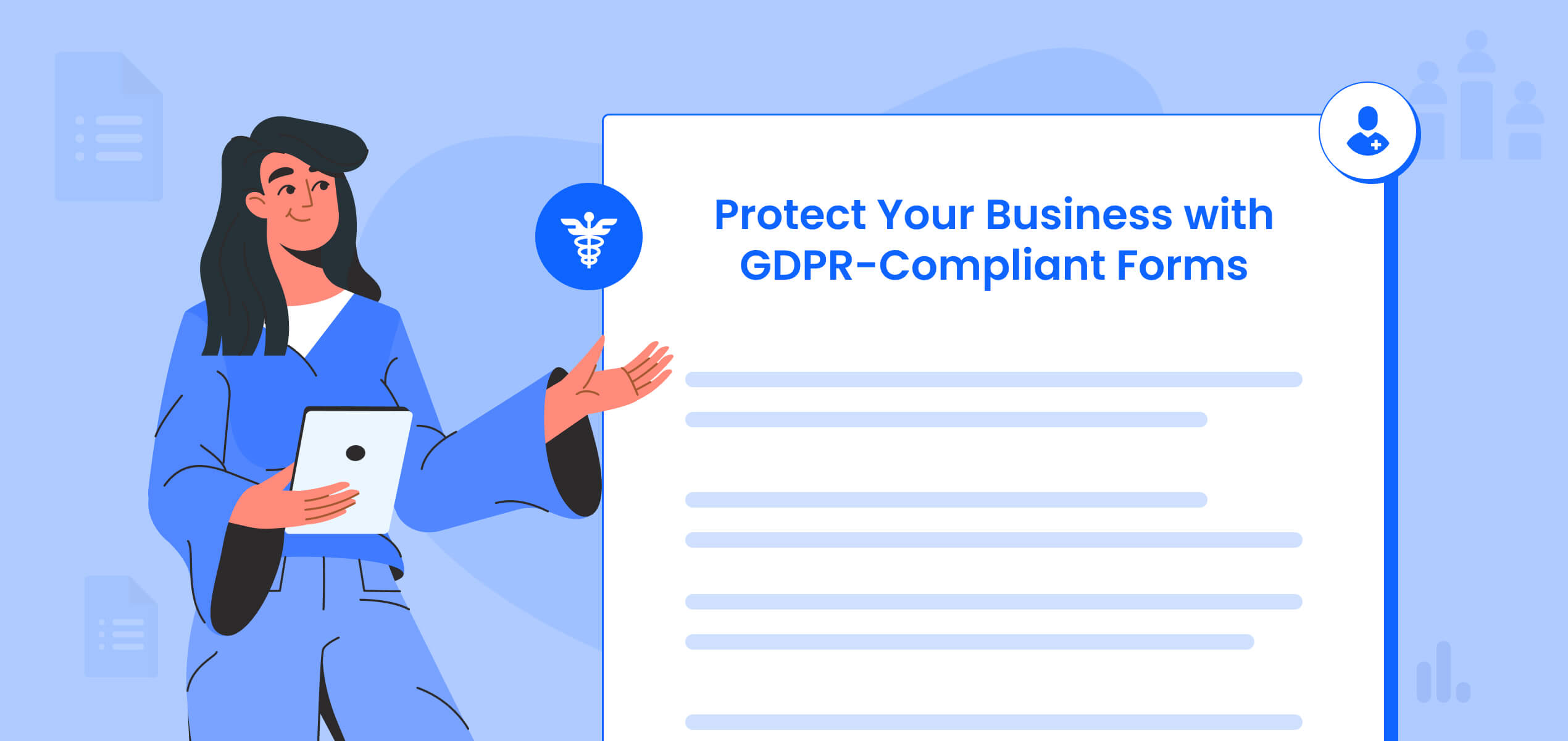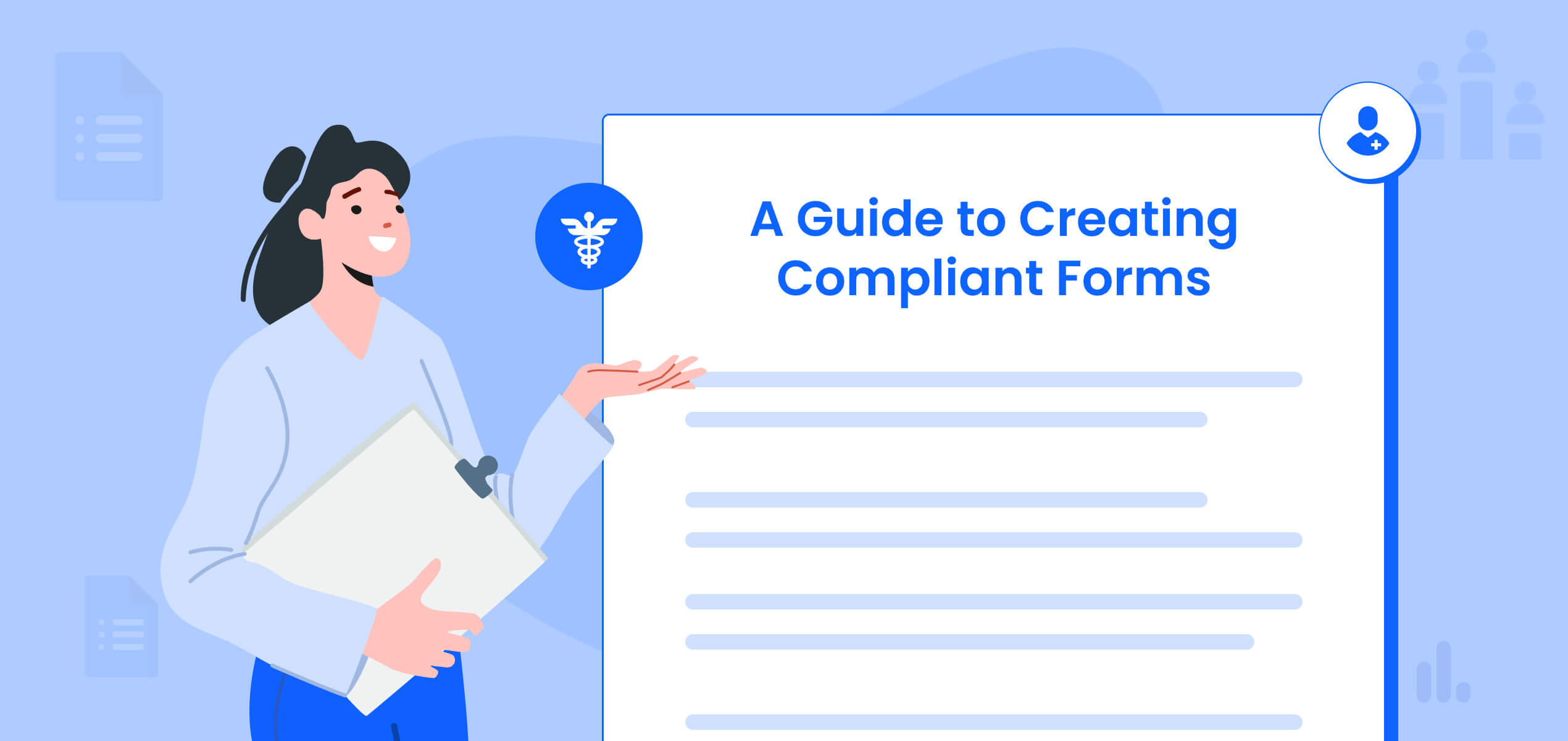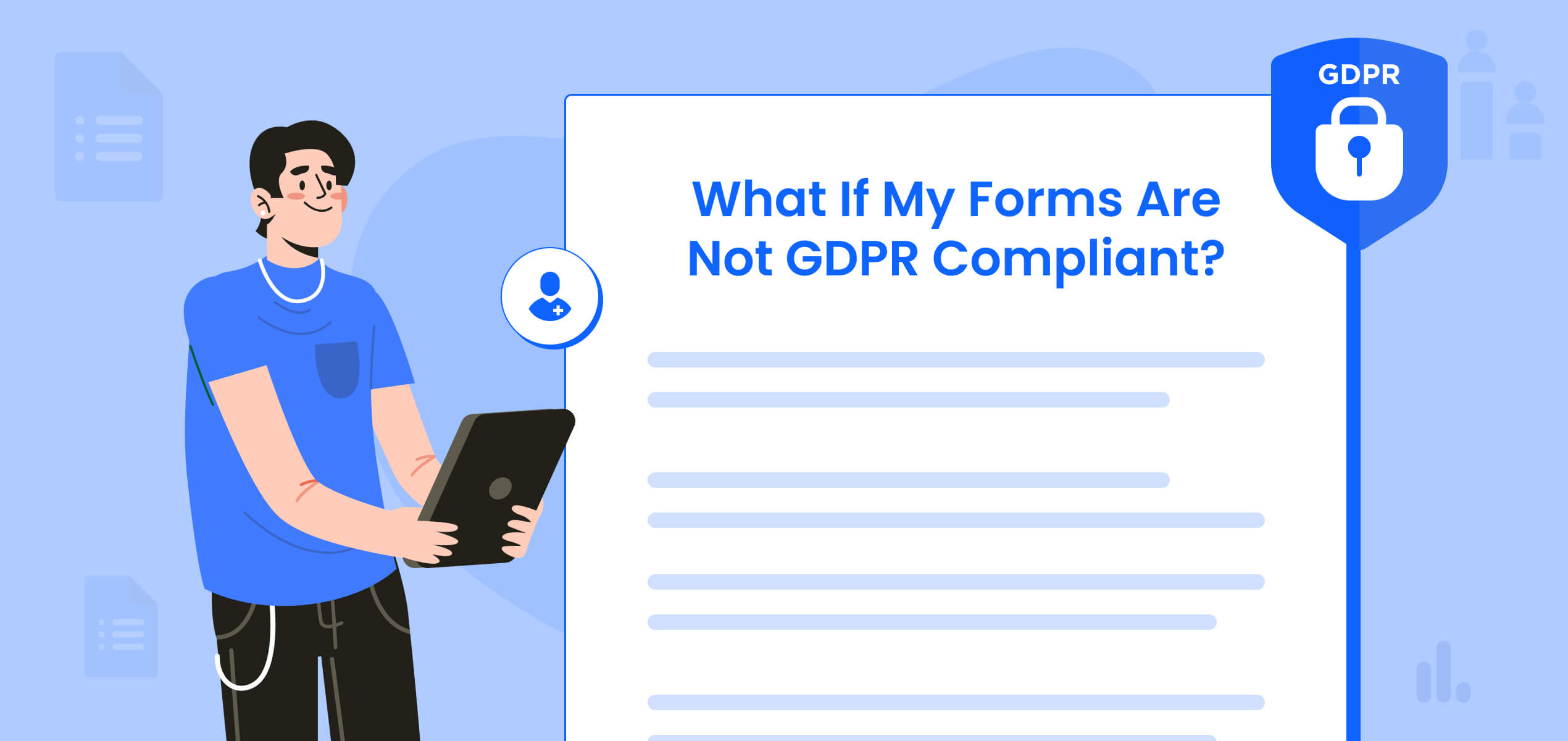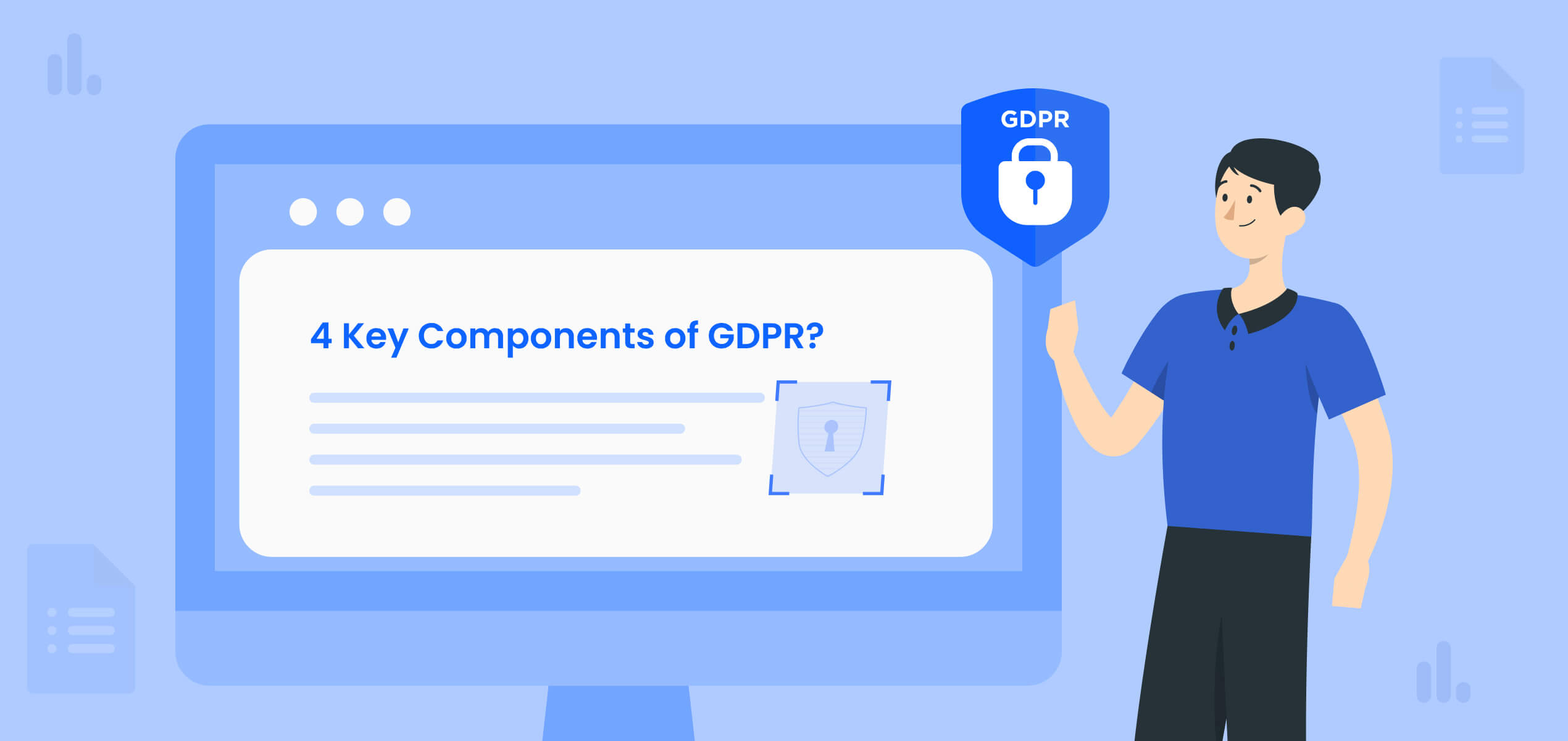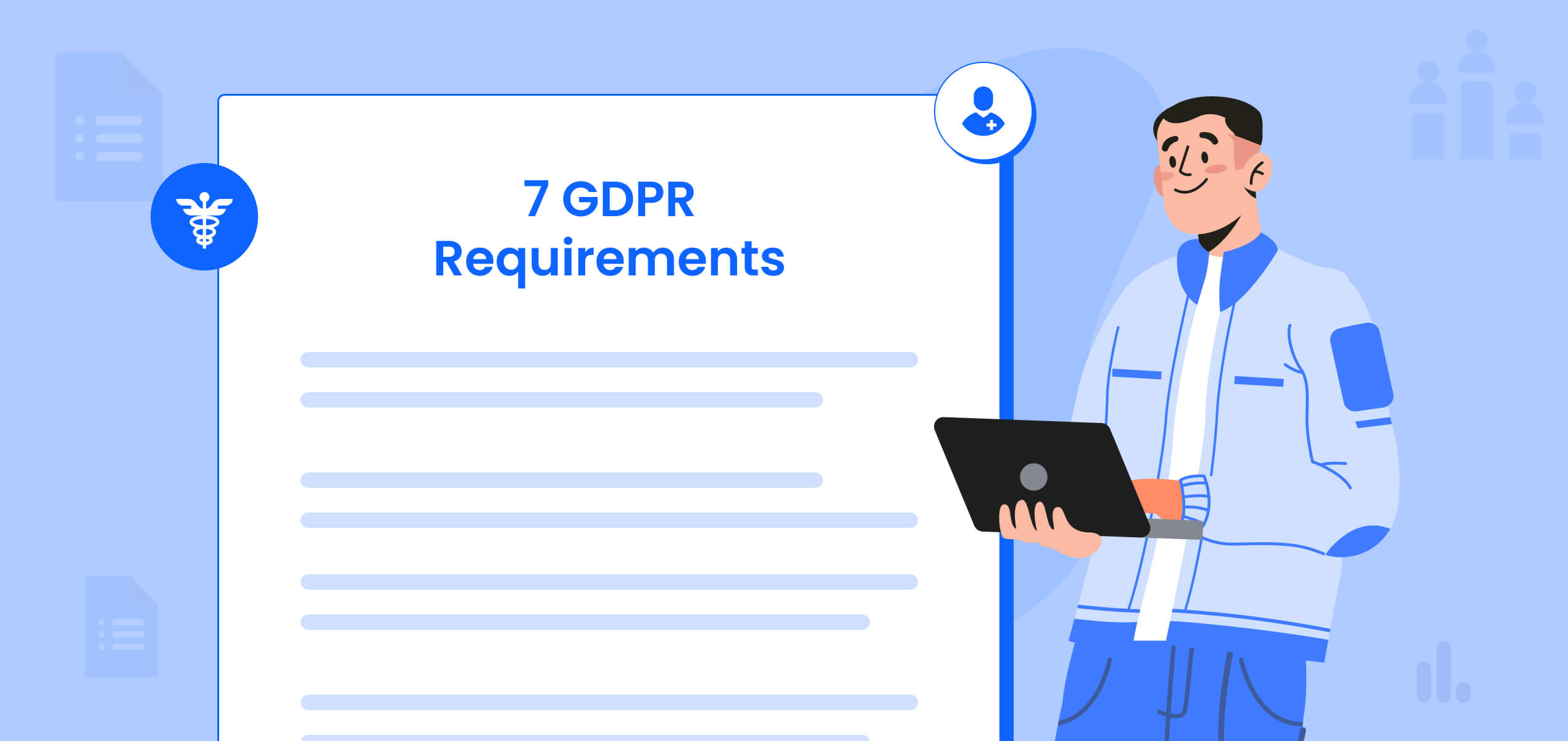What if we told you that failing to report a data breach or not appointing a Data Protection Officer (DPO), could cost your business up to €10 million or 2% of your annual revenue? Or that ignoring user rights or transferring personal data outside the EU without safeguards could result in fines as high as €20 million or 4% of your global revenue?
These aren’t just hypothetical scenarios.
Under GDPR, businesses have faced penalties for violations such as failing to maintain proper data records, using pre-ticked consent boxes, and not encrypting sensitive information. Just ask Netflix, Meta, or LinkedIn who have paid hundreds of millions of euros in fines.
With stakes this high, ensuring your forms are compliant with GDPR is surely on top of your list. If you are planning to collect EU citizens data for your business, then this guide will show you how to avoid these pitfalls, safeguard your customers’ data, and protect your business from costly fines with GDPR compliant forms. Let’s get started!
What is GDPR compliance
The General Data Protection Regulation (GDPR) is a comprehensive data protection law enacted by the European Union to safeguard personal data. It sets strict rules on how businesses collect, process, store, and share the data of individuals within the EU. Compliance with GDPR means adhering to these regulations to ensure data is handled securely, transparently, and with the explicit consent of the individual.
Are you subject to GDPR?
The General Data Protection Regulation (GDPR) applies to any business or organization that processes personal data of individuals within the European Union (EU), regardless of where the business is located. However, there are a few key factors that will determine if GDPR is applicable to your business:
1. Are You Processing Personal Data of EU Residents?
If your business collects, stores, or processes personal data of individuals who are based in the EU, then GDPR applies. Personal data includes anything that can identify a person, such as names, email addresses, phone numbers, and even IP addresses or cookies. This applies even if your business is not physically located in the EU.
2. Do You Offer Goods or Services to EU Residents?
If you offer products or services to individuals in the EU, whether for free or for payment, you are subject to GDPR. This could include anything from online sales to offering services like newsletters or tailored ads. Even if you don’t have a physical presence in the EU, targeting EU residents for business purposes means GDPR applies.
3. Do You Monitor the Behavior of EU Residents?
If your business engages in tracking or profiling EU residents, especially for marketing purposes (e.g., behavioral advertising, personalized offers), GDPR applies. This includes using analytics tools, cookies, or other tracking technologies to monitor and evaluate individuals’ behavior.
4. Are You Based Outside the EU but Process Data of EU Residents?
Even if your business is based outside the EU, GDPR applies if you process personal data of individuals residing in the EU. This means any company offering goods, services, or monitoring the behavior of EU residents must comply with GDPR, even if it operates in a different country.
5. What Types of Data Do You Process?
If your business handles sensitive data (e.g., health information, racial or ethnic origin, political opinions), GDPR places stricter rules on how this data must be processed, stored, and protected. Certain data types may require additional consent or safeguards.
6. Do You Have an Established Presence or Data Processing Operations in the EU?
If you have an office, branch, or subsidiary in the EU, or you use third-party processors that operate in the EU, GDPR applies. In this case, you are directly affected by its regulations.
Key Principles of GDPR
GDPR sets out several key principles that businesses must follow to ensure data privacy and protection. These principles guide how personal data should be collected, processed, and stored.
- Lawfulness, Fairness, and Transparency: Personal data must be processed legally and openly, ensuring individuals understand how their data is being used.
- Purpose Limitation: Data can only be collected for specific, legitimate purposes and not used for anything else without additional consent.
- Data Minimization: Only the data necessary for the intended purpose should be collected and processed.
- Accuracy: Personal data must be accurate and kept up to date.
- Storage Limitation: Data should not be kept longer than necessary for its intended purpose.
- Integrity and Confidentiality: Businesses must ensure the security of personal data through appropriate technical and organizational measures.
How to Apply GDPR Principles To Create GDPR Compliant Forms
To ensure your forms meet GDPR standards, we’ve created this easy table for you:
| Action | Description | Best Practices / Tips |
|---|---|---|
| 1. Add a Privacy Notice | Every GDPR-compliant form must include a link to your privacy notice. |
|
| 2. Design Clear Consent Options | Ambiguity in consent forms can lead to non-compliance. |
|
| 3. Integrate Double Opt-In for Email Campaigns | Double opt-in ensures users explicitly confirm their subscription to your email lists. |
|
| 4. Minimize Data Collection | Keep your forms simple and focused. |
|
| 5. Use Secure Tools | Select form-building platforms with built-in GDPR compliance features. |
Recommended Tools:
|
| 6. Ensure Data Accuracy | Data must be accurate and up-to-date under GDPR. |
|
| 7. Implement Data Retention Policies | Only keep personal data as long as necessary for its intended purpose. |
|
| 8. Implement Strong Security Measures | Protect personal data from unauthorized access, loss, or theft. |
|
| 9. Respond to User Requests | Ensure users can exercise their rights, such as the right to access, correct, or delete their data. |
|
| 10. Regularly Review and Update Compliance | Stay updated with GDPR regulations and best practices. |
|
Tools to Help with GDPR Compliance
The right tools can simplify the process of creating and managing GDPR compliance forms. Here are some options:
- Google Forms: Customize fields to meet GDPR requirements.
- Typeform: Intuitive design with built-in privacy settings.
- JotForm: Includes GDPR-friendly templates.
- HubSpot: Offers advanced compliance features and integration with other marketing tools.
- Formstack: A versatile tool for building secure, compliant forms.
- MakeForms: A user-friendly form builder with GDPR-compliant templates and features like data encryption and secure storage options.
Stay Cool, Stay Compliant: Build GDPR Forms and Protect Your Business!
We hope you use this guide to design forms that prioritize transparency, consent, and security, ensuring you stay compliant with the General Data Protection Regulation. Don’t risk a GDPR compliance penalty. Start building compliant forms today and safeguard your business’s future.
